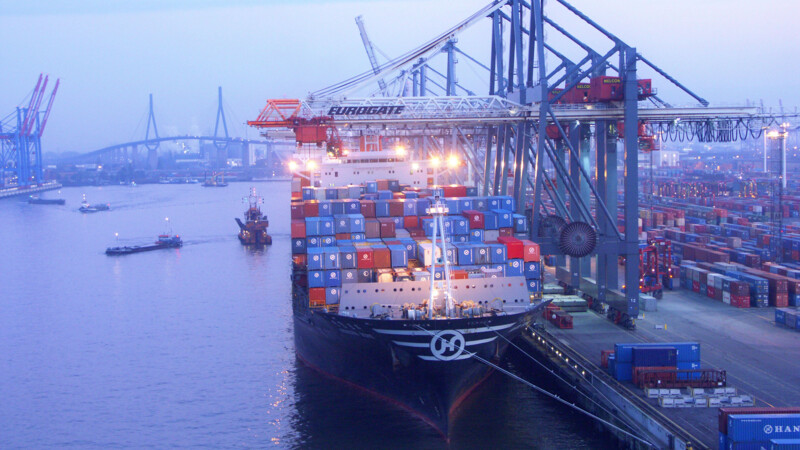Two new charging stations, which were delivered to CTA in early September, will supply environment-friendly energy to the automated AGV fleet for transporting containers. Four more charging units will be delivered to the terminal in the coming weeks bringing the number of charging stations at CTA to 13 this year. Five more will be added in 2021. The increased supply of climate-friendly energy allows HHLA to ensure the continued operation of its growing battery-powered AGV fleet. Half of the vehicles in use are powered by lithium-ion batteries. By the end of 2022, nearly all of the 100 vehicles will be powered by lithium-ion batteries.
This will reduce annual emissions by approximately 15,500 tonnes of CO₂ and around 118 tonnes of nitrogen oxide as electric AGVs do not generate any local CO₂, nitrogen oxide or fine particulate matter emissions. The battery-powered vehicles ratio of energy consumed to actual power output is three times higher than that of diesel AGVs. Lithium-ion batteries can be charged in just one and a half hours, are highly durable and do not require maintenance making these vehicles economically attractive.



